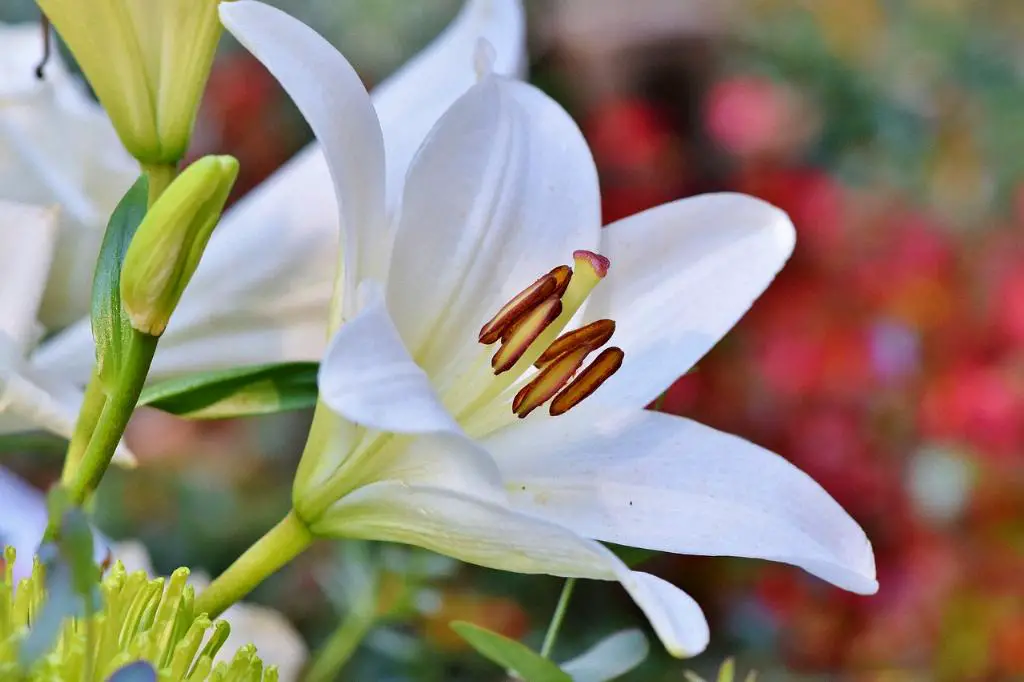When it comes to the question of what eats lily pads, one common group of culprits is deer and rodents. These creatures have a penchant for consuming the leaves and rhizomes of white water lilies, making them significant consumers of these aquatic plants.
Browsing Behavior of Beavers
In addition to deer and rodents, beavers are known to engage in browsing behavior that includes feeding on lily pads. These industrious creatures can cause significant damage to lily pad populations in their quest for sustenance.
Muskrats and Nutria: Lily Pad Predators
Muskrats and nutria are also included in the lineup of animals that eat lily pads. These aquatic rodents have a taste for the leaves and rhizomes of white water lilies, contributing further to the consumption of these plants.
Ducks and the Consumption of Lily Pad Seeds
While deer, rodents, beavers, muskrats, and nutria focus on the leaves and rhizomes of lily pads, ducks play a different role as consumers of their seeds. These waterfowl species contribute to the dispersal of lily pad seeds through their feeding habits.
Micro and Macro Invertebrates: Indirect Consumers of Lily Pads
It’s not just larger animals that play a role in the consumption of lily pads. The submerged portions of these aquatic plants provide habitats for many micro and macro invertebrates, which in turn become indirect consumers of lily pads by utilizing them for shelter and food.
The Ecological Impact of Lily Pad Consumption
Understanding the various organisms that eat lily pads is crucial for assessing the ecological impact of their consumption. From deer and rodents to beavers, muskrats, nutria, ducks, and a myriad of invertebrates, these creatures collectively shape the dynamics of lily pad populations in aquatic ecosystems.
Balance and Biodiversity in Aquatic Habitats
The consumption of lily pads by different animals highlights the intricate balance of biodiversity in aquatic habitats. While some species feed directly on the plants themselves, others rely on them for habitat provision, creating a complex web of interactions that contribute to the overall health of these ecosystems.
Interactions Between Lily Pads and Wildlife
The interactions between lily pads and wildlife showcase the interconnectedness of species within aquatic environments. From herbivores that feed on the foliage to seed dispersers and invertebrates that utilize lily pads for various purposes, each organism plays a unique role in shaping the community structure of these habitats.
Human Impacts on Lily Pad Populations
While natural predators and consumers of lily pads are an essential part of the ecosystem, human activities can also have significant impacts on these plant populations. Pollution, habitat destruction, and climate change are among the factors that can affect the abundance and distribution of lily pads in aquatic settings.
Conservation and Management of Lily Pad Habitats
Considering the importance of lily pads in supporting diverse wildlife and maintaining ecological balance in aquatic ecosystems, conservation efforts are crucial. Implementing strategies to protect and sustainably manage lily pad habitats can help preserve these valuable resources for future generations.
Conclusion
In conclusion, the question of what eats lily pads encompasses a range of animals, from deer and rodents to beavers, muskrats, nutria, ducks, and diverse invertebrates. Understanding the consumption patterns of these creatures sheds light on the complex relationships that exist in aquatic ecosystems, highlighting the need for conservation and sustainable management practices to safeguard lily pad populations and the biodiversity they support.

